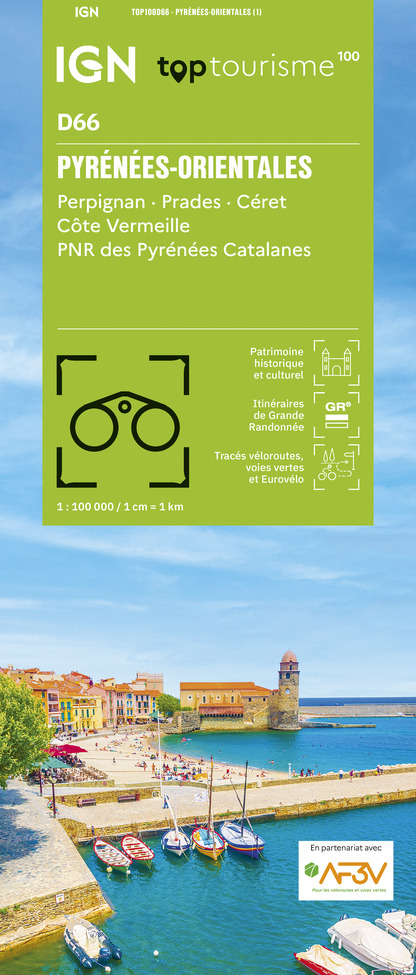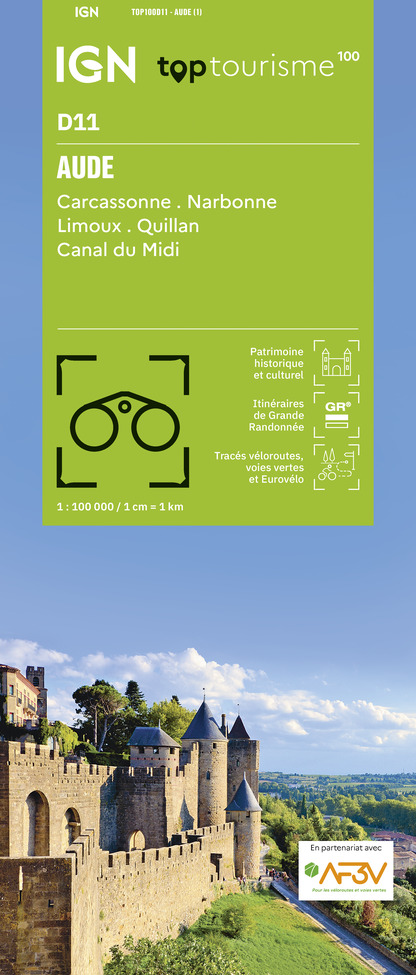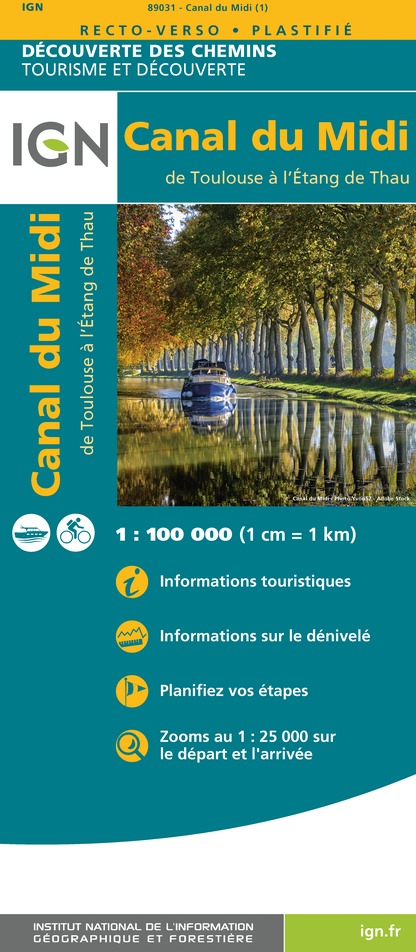Alert
Alerts
Le Quié

IGN cards









Description
Leaving the greenway next to the Super U store, you will join a path along the woods and a stream in a loop that will take you to the ruins of Quié, a former hamlet demolished.
Technical Information
Altimetric profile
Starting point
Steps
Points of interest
Additional information
To see
Les ruines du Fort du Quié :
This ancient demolished village is now but a location : nobody has lived there for at least 60 years. The point of culmination for the commune was inhabited by farmers and it is said that the war of 14-18, the farmer, returning with permission to Quié, would have found his wife in bed with the employee and would have killed him on the field before deserting.
Massif of Tabe and Valley of the Hers :
This massif (aka massif of St. Bartholomew) has always been to the peoples who lived under its shadow, a spiritual importance of first order: many megalithic remains, sun worship from the most likely ancient, pagan cults attested by the historical writing. The name "Tabe" is the French language of Occitan "Tava / Tabo". A broad consensus is that name from the name of "Mount Tabor", in Palestine, which took place the Biblical episode of the Transfiguration of Christ.
Data author

















